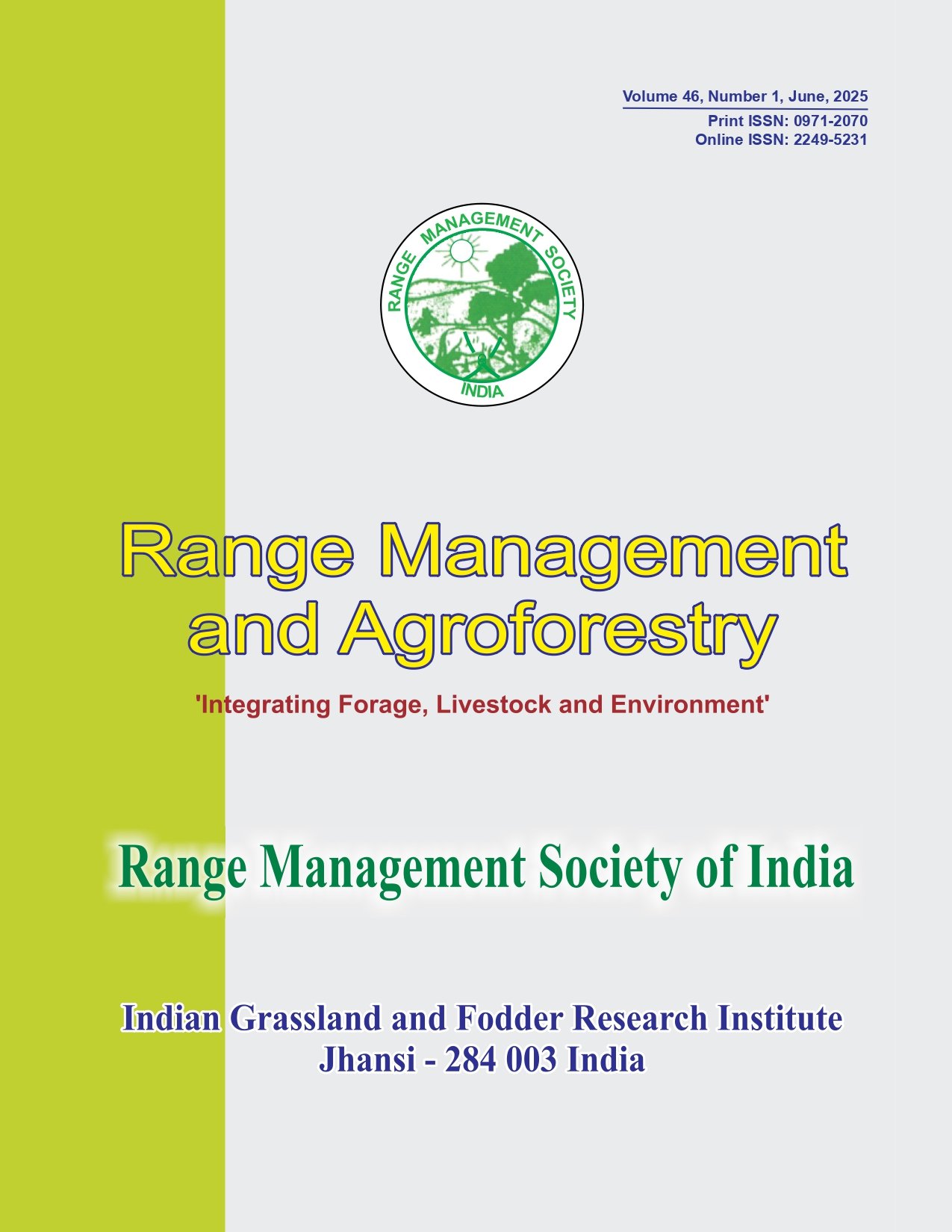Elucidation of molecular variability among Pyricularia grisea isolates causing blast disease in forage pearl millet
Keywords:
Genetic diversity, Molecular markers, Pathogen, Population, VariabilityAbstract
Pearl millet (Pennisetum glaucum) is an important nutri-cereal for humans and a forage crop for livestock. It is the only cereal crop that is proficient in adopting punitive climate conditions and peripheral soil. The blast disease caused by Pyricularia grisea is a major problem in pearl millet, causing significant losses in high-yield hybrids/varieties grown for fodder. Blast disease is a major biotic threat in the cultivation of pearl millet in northern Madhya Pradesh, especially Gwalior, Morena, Bhind and Sheopur. In this investigation, we studied eight isolates of P. grisea that cause pearl millet blast disease. We used RAPD and ISSR molecular markers to assess their morphology, pathogenicity and genetics. Mycelium growth was investigated maximum in isolate PGMP1, however, two isolates viz., PGMP1 and PGMP8 were found to be highly virulent. The pearl millet blast fungus population in northern Madhya Pradesh is genetically diverse. RAPD and ISSR markers reliably explained the relationships among the different isolates. Our results on the characterization of blast pathogen might be advantageous in devising location-specific disease management strategies in pearl millet against blast disease.




